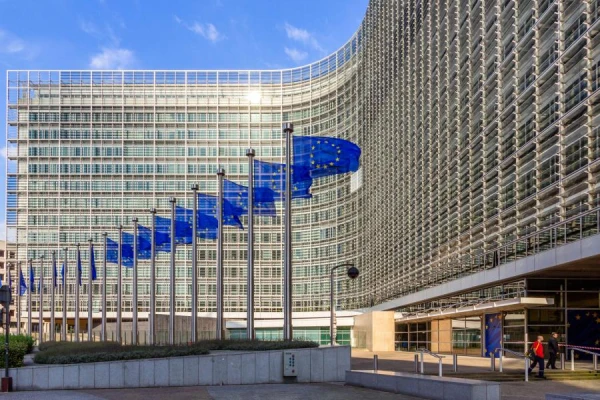
One of the most pressing issues in the Baltic states is food prices. The situation in Estonia is the same: prices are high, demand is falling, forcing supermarkets to offer discounts and promotions. How Estonian food producers are reacting to this was investigated by TV3 News.
Looking at the last two months, there is some small but good news for consumers — the rise in prices is starting to slow down. However, there is still no reason for great optimism.
According to Eurostat data, the inflation rate in Estonia is the highest in the eurozone, which has pushed the country into an inflationary spiral.
"If raw material prices are rising, if wages are increasing... let's add to this the costs of energy carriers. We cannot influence that. But there are things that the government can influence," says the head of the Estonian Food Industry Association, Sirje Potisepp.
The discussion, of course, is about taxes. Since July 1, the value-added tax in Estonia has been raised to 24%, and excise duties have also increased. In the beverage industry, this coincides with a cool and rainy summer.
"We are also observing a decline in sales and consumption volumes, but prices have risen. Only due to taxes — the producers themselves have hardly raised prices," says board member of the Saku Brewery, Jaan Herms.
With the new VAT rate, Estonia ranks fourth in the size of VAT in Europe. Like in Latvia, additional money is needed for defense. As part of the so-called "security tax package," it is planned to collect an additional 2.5 billion euros over three years.
All of this is necessary; however, as Eurostat data shows, the inflation rate in Estonia remains the highest in the eurozone, forcing entrepreneurs to puzzle over a way out of the situation.
"We produce ready-made food. If raw materials do not become more expensive, we try to keep prices stable. But if raw material prices rise — it is clear that the final product will also become more expensive," says the chairman of the board of Salvest, Jaanus Aal.
This week, the Estonian Institute of Economic Research published monitoring data. The list is long, but the main point is that against the backdrop of overall price increases, there are only a few exceptions where prices have not increased or have increased minimally. For example, locally produced medium-sized eggs have decreased in price by 6% over the year. Prices for pork ribs, smoked pork, whole salmon, and trout have slightly decreased. The price of local cheese has slightly increased.
"I see that the price peak has already been reached, and there is nowhere else to grow. I think by the end of the year, cheese and butter in stores will be available at very good prices," says the head of Valio Eesti, Maido Solovyov.
Analysts also note a decline in retail sales volume. This is currently forcing retail chains to compete by offering discounts and promotions.
"Everything is decided by the customer at the counter. I do not believe that competition in retail in Estonia is strong enough right now. But when a customer enters a store, they will see at least a third, if not half, of the products with discounts," says the head of Maag Food, Silver Kaur.
"I believe that food should be cheap. Therefore, I say that the VAT should be not 24%, but zero. To make the consumer basket even more affordable," adds Solovyov.
Pressure on politicians on this issue is constantly high. In turn, they respond: without raising taxes, it is difficult or even impossible to achieve 5% of GDP for defense.












